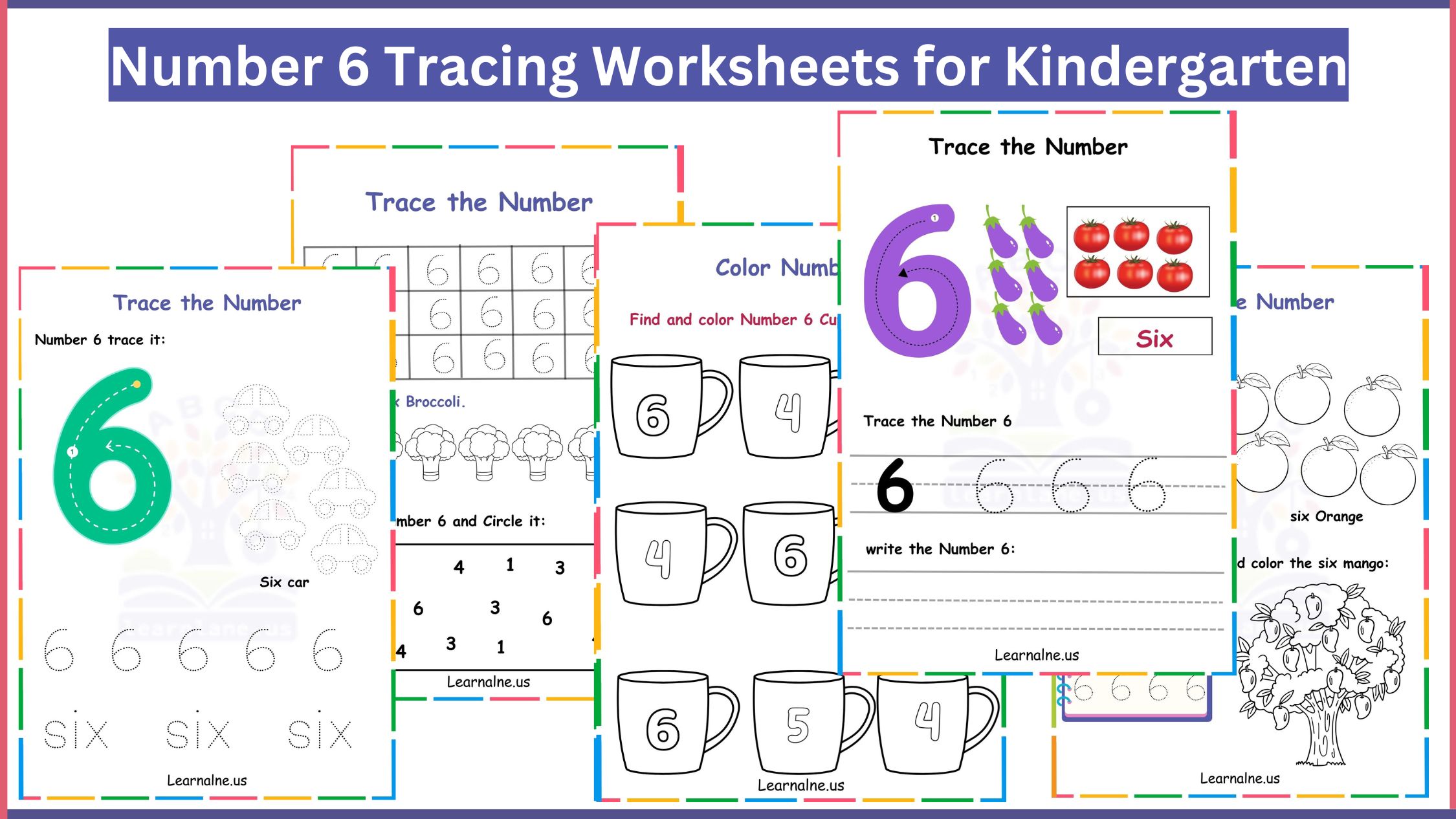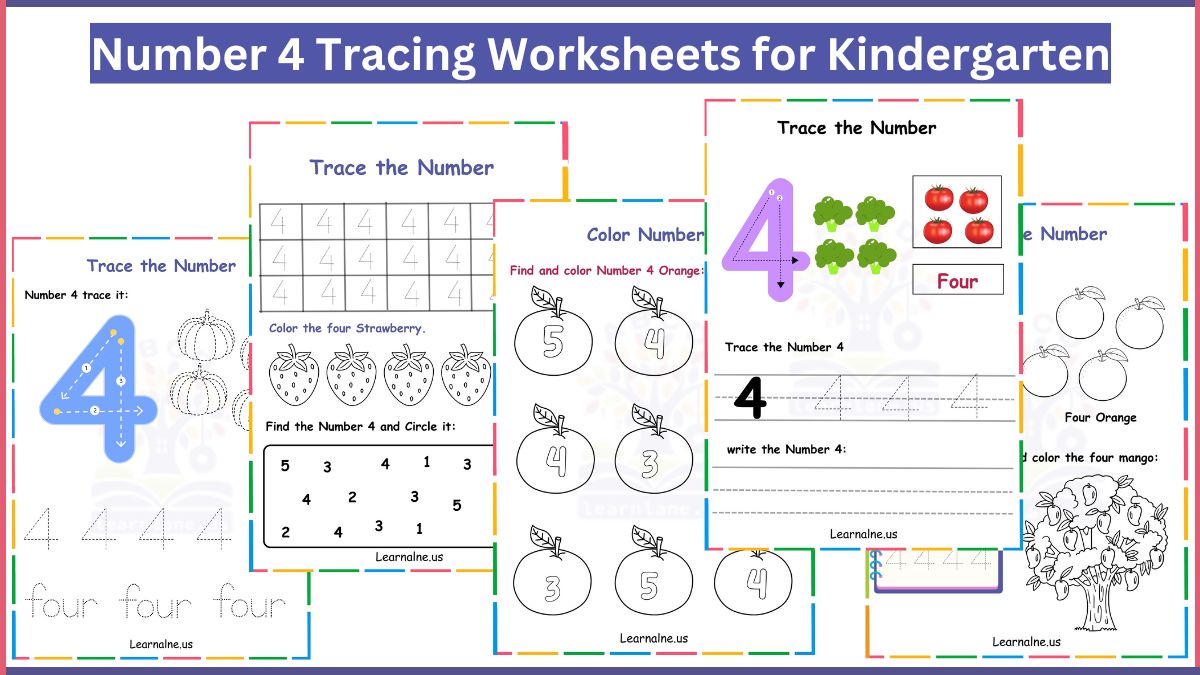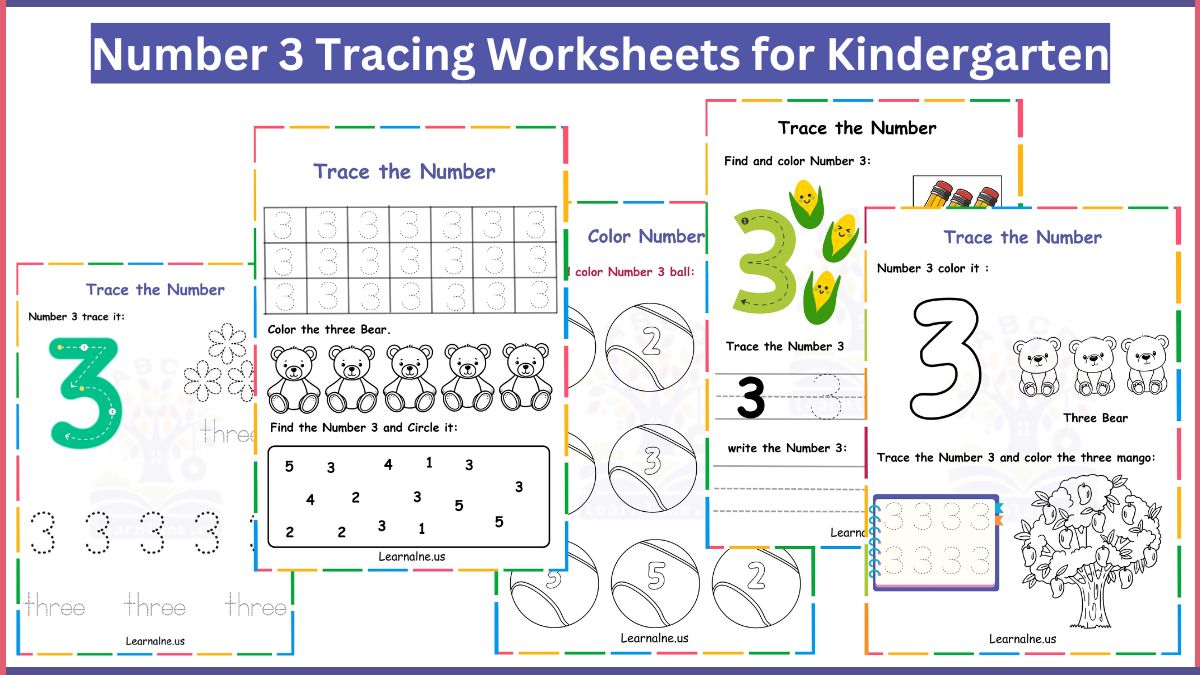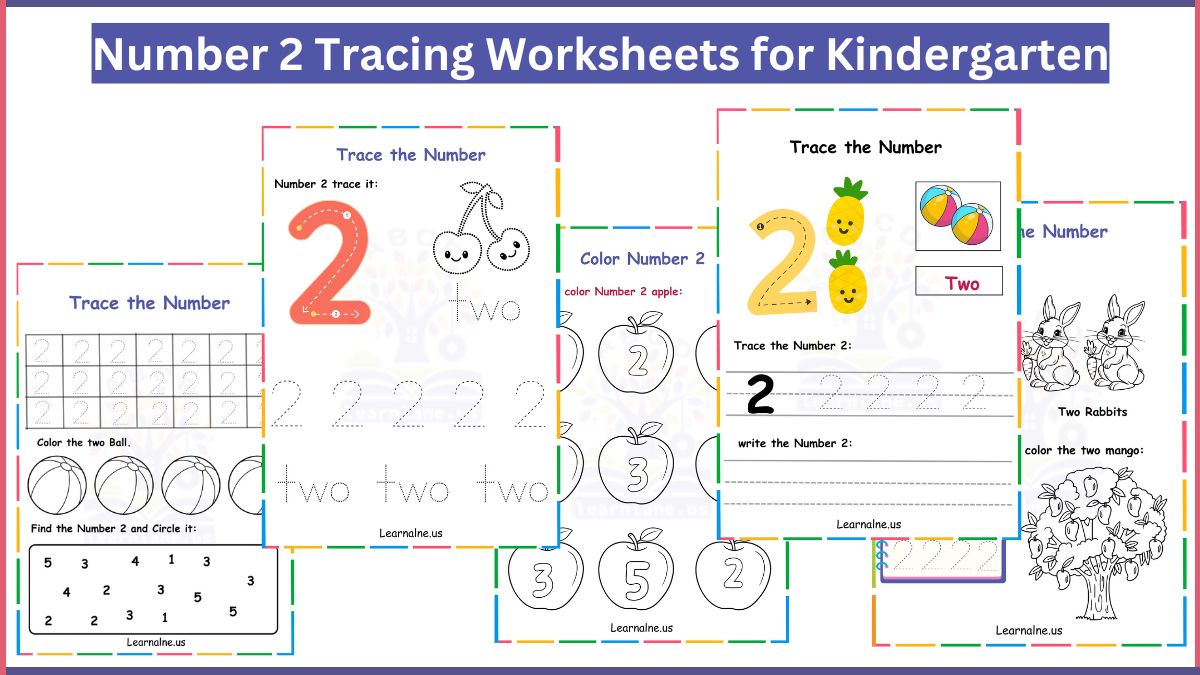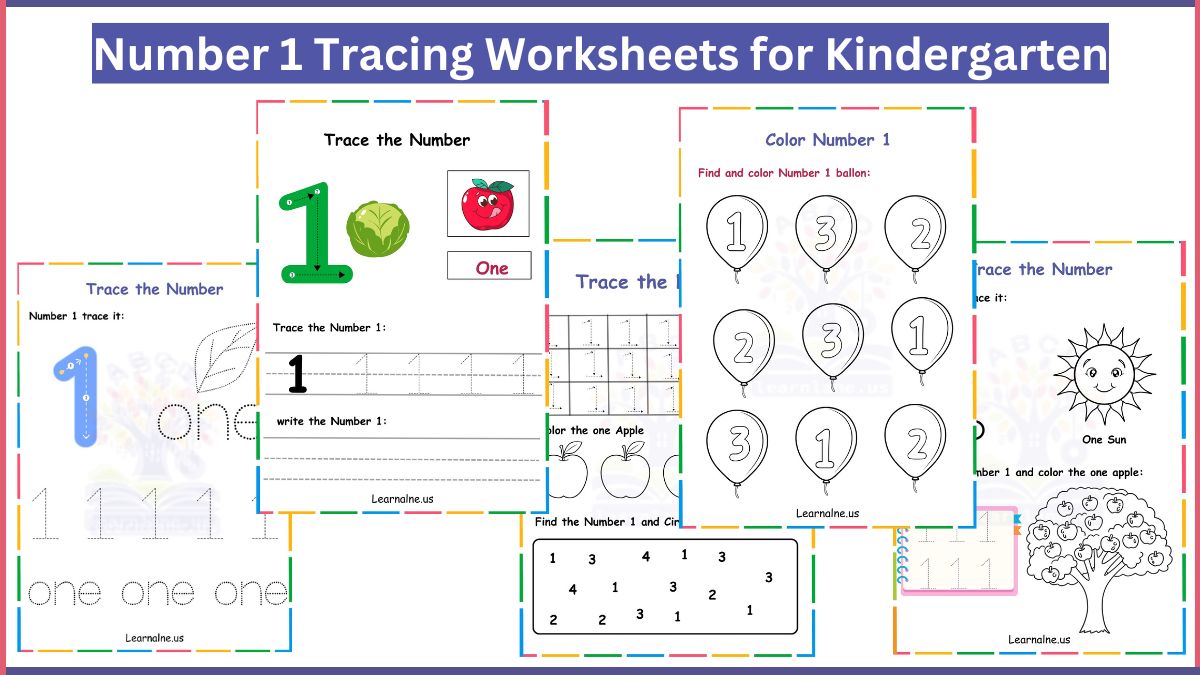Sensory play engages the senses to support cognitive, emotional, social, and physical development. It strengthens neural pathways, improves problem-solving skills, and boosts creativity.
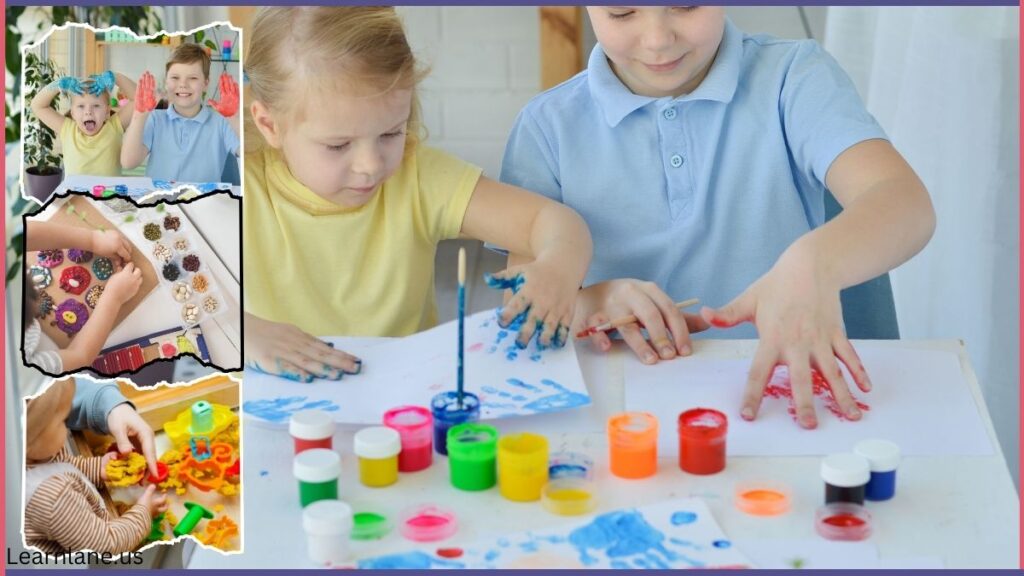
Seven senses shape how children interact with the world. Touch (Tactile) explores textures and temperatures. Sight (Visual) detects colors, patterns, and movement. Hearing (Auditory) processes sounds and rhythms. Smell (Olfactory) identifies scents. Taste (Gustatory) distinguishes flavors. Vestibular controls balance and spatial awareness. Proprioceptive senses body position and movement.
Read What is Role of Sensory Play in Early Learning
Sensory activities stimulate one or more senses. Tactile activities refine fine motor skills and texture recognition. Visual experiences strengthen color identification and tracking skills. Auditory play sharpens listening skills and language development. Olfactory and gustatory activities expand sensory vocabulary and build taste preferences. Vestibular and proprioceptive exercises enhance coordination, muscle control, and self-regulation.
Types of Types of Sensory Activities
1: Tactile (Touch) Activities
Tactile sensory input engages touch receptors to process textures, temperatures, and pressure. It strengthens fine motor skills, enhances texture discrimination, and improves sensory processing. Parents, preschool teachers, and occupational therapists use tactile activities to build neural connections and sensory integration.
Tactile play strengthens finger muscles, improves grip strength, and enhances hand coordination. Texture exploration helps children recognize smooth, rough, bumpy, and soft surfaces. Sensory exposure reduces touch sensitivities and improves tolerance to different materials. Hands-on activities encourage focus, problem-solving, and creativity.
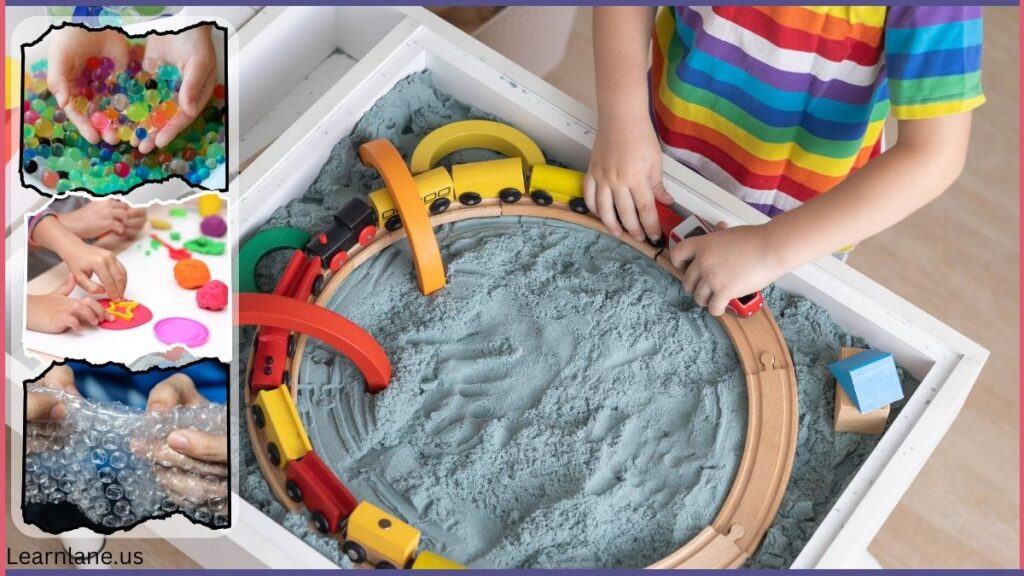
What is Tactile Sensory Input?
Tactile experiences shape cognitive, emotional, and physical development. Engaging with different textures builds tactile awareness, refines motor coordination, and supports hand-eye coordination.
Examples of Tactile Activities for Preschoolers
Following Tactile activities build strong neural connections, support emotional regulation, and enhance creative play.
- Sensory Bins: Rice, kinetic sand, water beads, dried beans, pasta, or shredded paper create textured exploration.
- Playdough and Slime: Clay, putty, foam, and modeling dough improve grip strength and hand dexterity.
- Textured Fabrics and Materials: Velvet, silk, burlap, wool, faux fur, corduroy develop texture recognition.
- Water Play: Exploring warm, cold, bubbly, or soapy water enhances temperature perception and tactile tolerance.
- Messy Play: Finger painting, textured paint (sand, coffee grounds, rice mixed in), edible play (gelatin, mashed fruits, cooked pasta) encourages sensory exploration.
- Mystery Feel Bags: Pinecones, seashells, smooth stones, textured toys, dried leaves strengthen sensory discrimination.
- Sensory Paths: Bubble wrap, artificial grass, felt squares, foam mats, pebbles improve balance, coordination, and foot sensitivity.
2: Visual (Sight) Activities
Visual sensory input helps children recognize colors, patterns, shapes, and spatial relationships. It strengthens hand-eye coordination, visual tracking, and cognitive processing. Early childhood educators, speech therapists, and parents use visual activities to support learning, attention, and problem-solving skills.
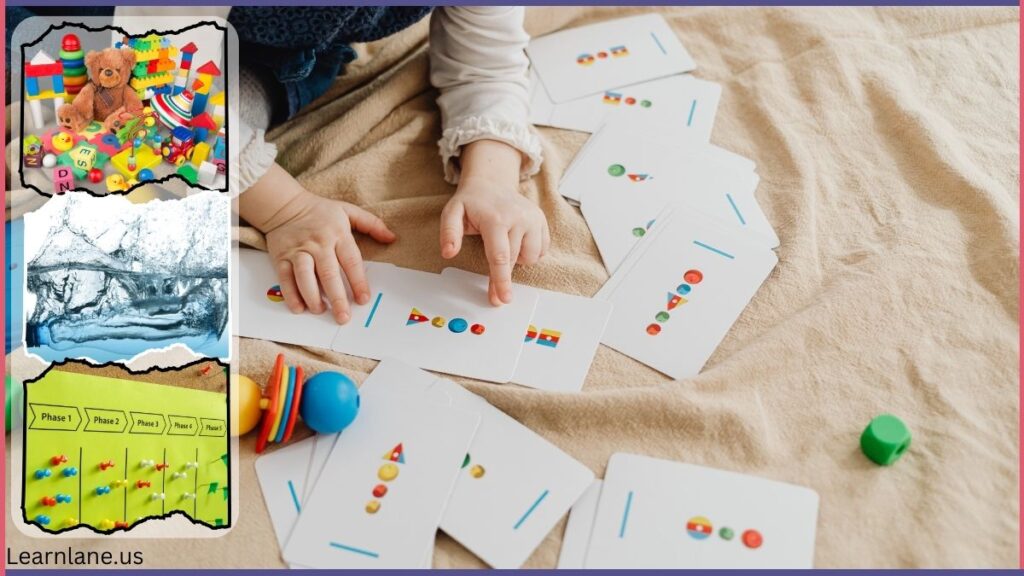
Visual activities improve color recognition, visual tracking, and pattern identification. They strengthen problem-solving skills, motor coordination, and reading ability. Children develop sharper attention spans and better spatial reasoning through regular engagement with diverse visual stimuli.
What is Visual Sensory Input?
Visual input allows children to process light, movement, and contrast. It enhances depth perception, spatial awareness, and focus. Engaging visual stimuli improves reading readiness, fine motor control, and sensory integration.
Examples of Visual Activities
By integrating these visual sensory activities, children develop stronger cognitive, motor, and perceptual skills, creating a foundation for learning and exploration.
- Light Exploration – Light tables, glow sticks, fiber optic lamps, Enhances focus and contrast sensitivity.
- Shadow Play – Hand puppets, cut-out shapes, overhead projectors, Develops spatial reasoning and imagination.
- Colorful Toys and Objects – Rainbows, geometric puzzles, stained glass kits, Improves color recognition and pattern skills.
- Nature Observation – Leaf patterns, animal tracks, cloud formations, flower symmetry, Boosts visual tracking and environmental awareness.
- Mirrors and Reflections – Mirror walls, sensory mirrors, reflection-based games, Promotes self-awareness and depth perception.
- Liquid Motion Bottles – Oil, water, glitter, and beads for visual tracking, Strengthens eye movement control and focus.
- Projection Mapping – Moving images projected onto trees, rocks, and textured surfaces, Engages visual perception and sensory curiosity.
- Optical Toys – Kaleidoscopes, prism glasses, magnifying glasses, Enhances depth perception and detail recognition.
3: Auditory Activities (Hearing)
Auditory activities support language development, focus, and emotional regulation. Neuroscientists and speech therapists recommend these for memory enhancement.
- Musical Play – Drums, xylophones, tambourines, shakers.
- Nature Sounds – Birds chirping, rustling leaves, ocean waves.
- Sound Scavenger Hunts – Identifying traffic sounds, animal calls, household noises.
- DIY Sound Boards – Bells, sandpaper, rubber bands, metal washers.
- Foley Sound Effects – Rustling paper for wind, aluminum foil for thunder.
- Vibration Exploration – Tuning forks, low-frequency speakers, sound waves in water.
- Voice Manipulation – Recording and adjusting pitch and speed of speech.
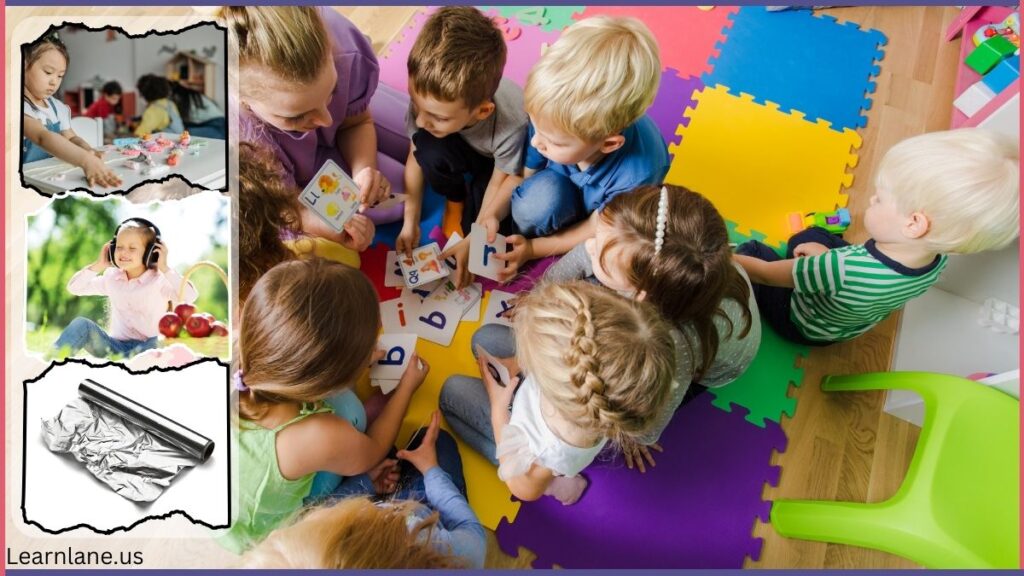
4: Olfactory Activities (Smell)
Olfactory activities strengthen memory, self-regulation, and vocabulary expansion. Occupational therapists and preschool teachers integrate these for sensory exploration.
- Scented Playdough – Lavender, peppermint, cinnamon-infused dough.
- Scent Matching Games – Identifying vanilla, lemon, mint, coffee.
- Aromatic Water Play – Herbal-infused water, flower petals, citrus slices.
- Blindfolded Smell Tests – Essential oils, spices, scented markers.
- Natural Perfumes – Rose petals, citrus zest, fresh herbs.
- Aroma Diffusers – Rotating essential oils to stimulate different moods.
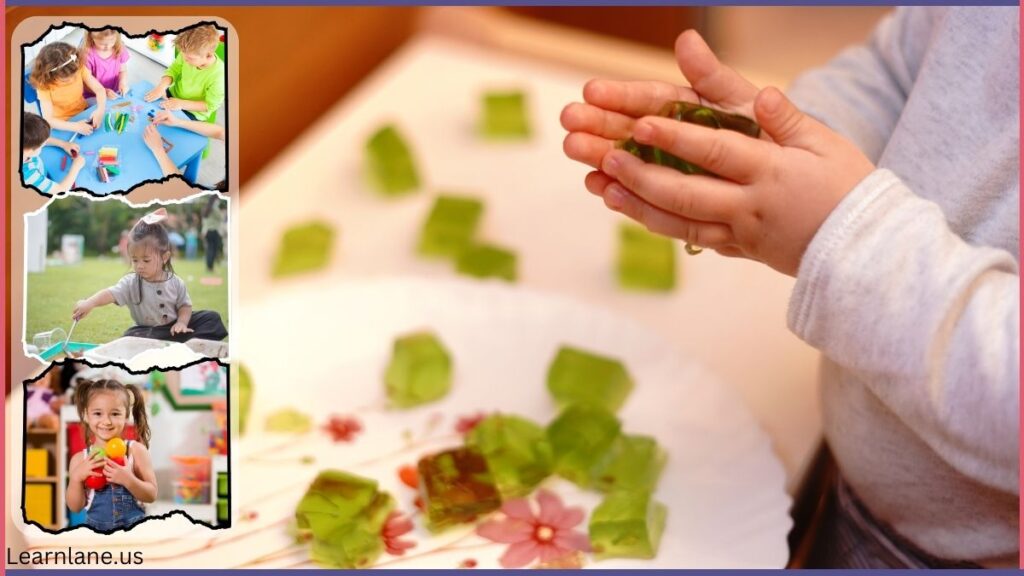
5: Gustatory Activities (Taste)
Gustatory activities promote sensory discrimination, language development, and cultural learning. Parents and early childhood educators use them for cognitive and emotional growth.
- Taste Tests – Sweet, sour, salty, bitter, umami foods.
- Blindfolded Texture Tests – Crunchy crackers, smooth yogurt, chewy dried fruit.
- DIY Flavor Combinations – Spiced fruit smoothies, flavored oatmeal, mix-and-match herbs.
- Edible Art – Food-based sculptures with vegetables, fruits, cheese.
- Growing and Tasting Herbs – Basil, mint, rosemary, parsley.
- Cultural Food Exploration – Tasting global cuisines, discussing textures and flavors.
6: Vestibular and Proprioceptive Activities (Movement)
These activities improve balance, coordination, gross motor skills, and self-regulation. Physical therapists, occupational therapists, and parents use them for sensory integration.
- Swinging and Spinning – Hammocks, therapy swings, tire swings.
- Jumping and Climbing – Trampolines, jungle gyms, rock walls.
- Obstacle Courses – Tunnels, balance beams, stepping stones.
- Weighted Items – Blankets, vests, lap pads for deep-pressure input.
- “Heavy Work” Activities – Pushing carts, pulling resistance bands, carrying weighted objects.
- Dance and Movement – Scarves, ribbons, slow-motion balancing exercises.
Sensory activities strengthen neural pathways, cognitive abilities, and emotional well-being. Parents, preschool teachers, speech therapists, and occupational therapists can use these to enhance early childhood learning and development.

